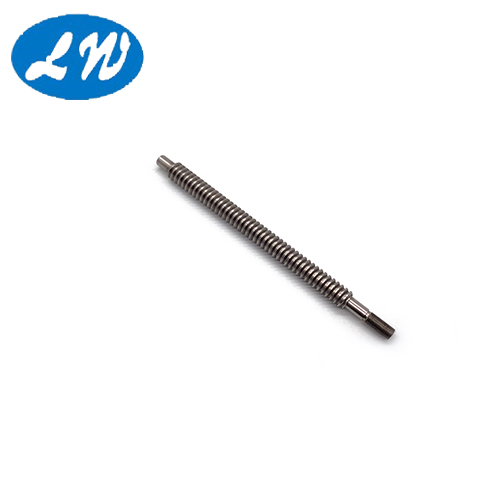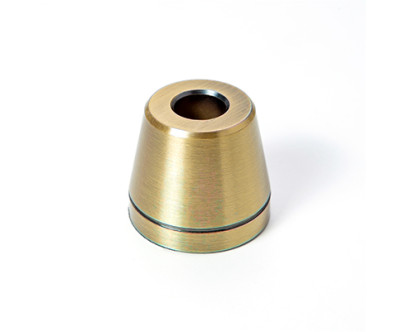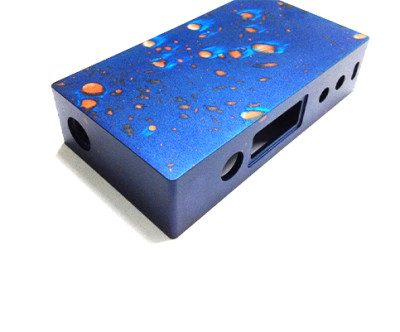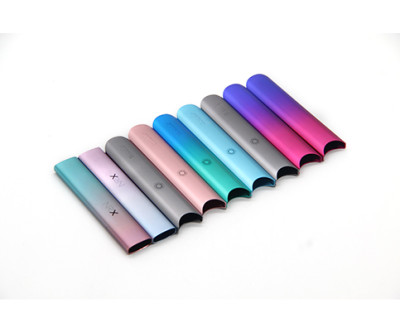How to Measure Accuracy in High Precision Turning?
Measuring accuracy in high precision turning is vital to ensure that machined parts meet strict industry standards.Accuracy in this context refers to the degree to which a part conforms to its specified dimensions and tolerances.To achieve this,manufacturers employ a combination of advanced measurement tools and systematic inspection procedures.
One of the most common methods for measuring accuracy is using coordinate measuring machines(CMMs).These machines can precisely measure complex geometries and compare the results with digital CAD models,providing a detailed report of deviations.High precision turning parts are often inspected using CMMs to guarantee that every component meets design specifications before assembly.
In addition to CMMs,other measurement techniques such as micrometers,calipers,and dial indicators are frequently used to check critical dimensions.These tools allow operators to monitor tolerances during the turning process,ensuring real-time quality control.By combining manual and automated measurements,manufacturers can maintain high accuracy and prevent defects.
Surface finish and roundness are also essential indicators of accuracy in high precision turning.Optical comparators and profilometers are commonly used to evaluate these parameters.A smooth surface finish and uniform roundness not only reflect machining accuracy but also enhance the performance and longevity of the final product.
Finally,implementing statistical process control(SPC)can help monitor and maintain accuracy in high precision turning.By analyzing data from multiple production cycles,manufacturers can detect trends and deviations early,allowing for timely adjustments to the machining process.
In summary,measuring accuracy in high precision turning requires a combination of advanced equipment,skilled operators,and data-driven process control.Consistent monitoring ensures that every part meets the required specifications,reduces waste,and improves overall product quality.Mastering these measurement techniques is key to maximizing the benefits of high precision turning.



